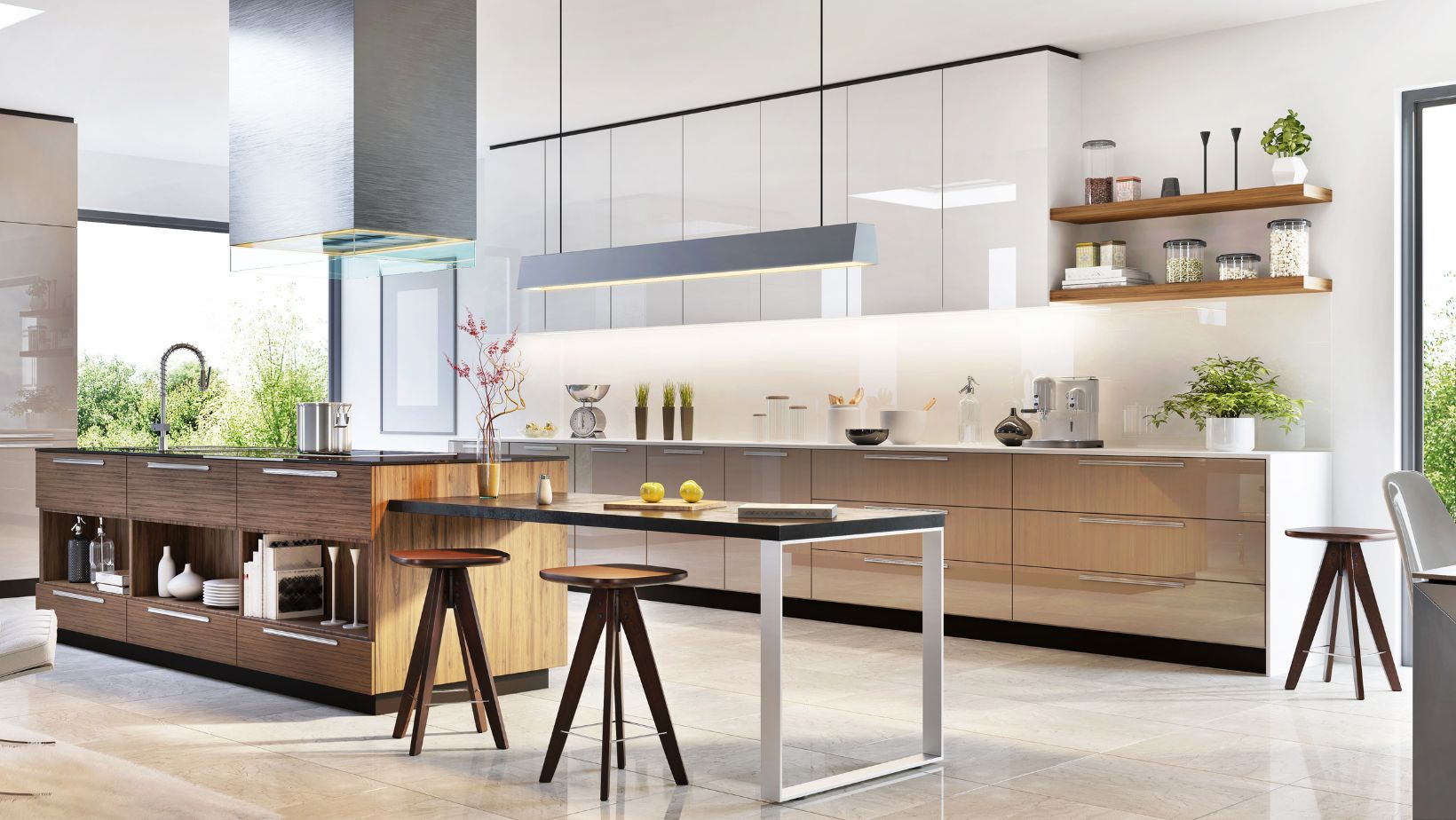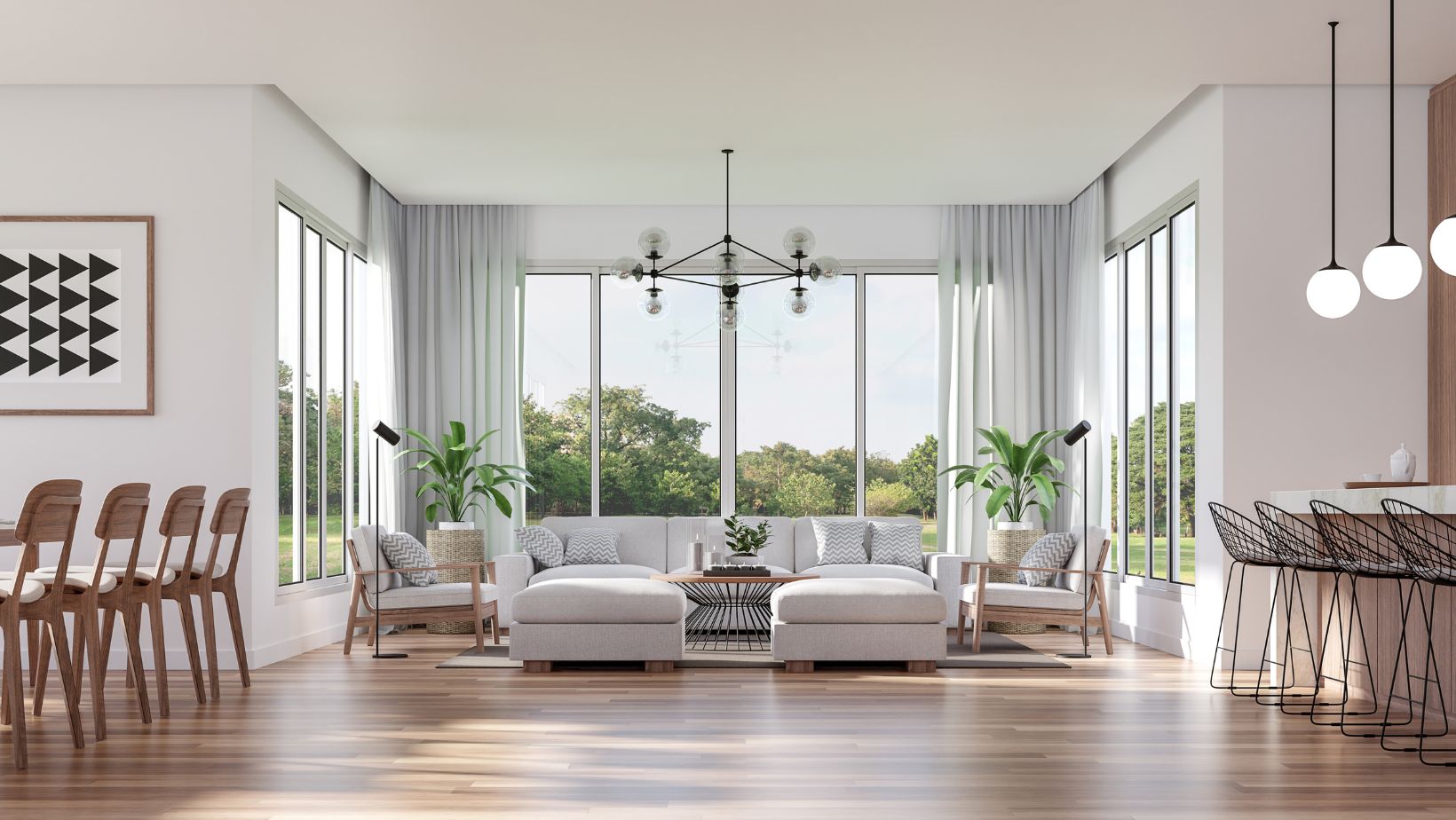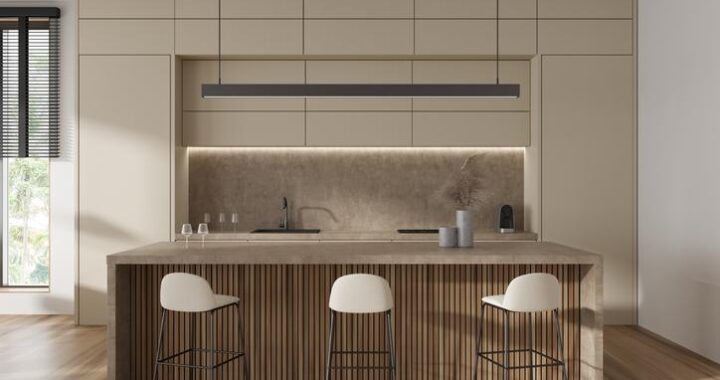Creating a Future-Ready Home with Livable Housing Design

- Universal design ensures homes are accessible, flexible, and simple, benefiting all ages and abilities.
- Accessibility features like wide doorways and zero-step entries enhance safety and convenience.
- Adaptable living spaces use multi-purpose rooms and movable walls to accommodate changing needs.
- Technology integration with smart home systems and assistive technologies improves comfort, security, and efficiency.
- Sustainable design with eco-friendly materials and energy-efficient features promotes environmental responsibility and cost savings.
- Safety and security features, including security systems and fire safety measures, ensure a safe living environment.
Livable housing design is all about creating homes that are comfortable, accessible, and adaptable to the changing needs of their occupants. As we look to the future, it’s essential to design homes that not only meet current demands but also anticipate future requirements. This approach ensures that homes remain functional and enjoyable for years to come. In this blog, we’ll explore the key principles of livable housing design and provide practical tips on how to create a future-ready home.
Universal Design Principles
Universal design is a cornerstone of livable housing. It focuses on creating environments that are accessible to everyone, regardless of age, ability, or circumstance. By incorporating universal design principles, you can ensure your home is inclusive and adaptable.
Key elements of universal design include accessibility, flexibility, and simplicity. Accessibility features, such as wide doorways and zero-step entries, make it easier for people with mobility issues to move around the home. Flexibility ensures that spaces can be used for multiple purposes and adapted as needs change. Simplicity in design makes homes easier to navigate and use, reducing the potential for accidents or confusion. Additionally, integrating Utah’s leading fire watch security services enhances safety by providing advanced protection and peace of mind.
Implementing universal design benefits everyone, from young children to older adults, and makes homes more accommodating for guests with diverse needs. It also adds long-term value to your property by future-proofing it against potential changes in your household’s requirements.
Accessibility and Mobility
Designing homes with accessibility and mobility in mind is crucial for creating livable spaces. Ensuring that all areas of the home are easy to navigate can significantly enhance safety and convenience for all residents.
Features such as wide doorways, zero-step entries, and accessible bathrooms are essential. Wide doorways allow easy passage for wheelchairs and strollers, while zero-step entries eliminate the risk of tripping at thresholds. Accessible bathrooms should include features like grab bars, walk-in showers, and adjustable height fixtures.

These design elements not only improve daily living but also provide peace of mind, knowing that your home is prepared to accommodate any changes in mobility that might occur in the future. Making these adjustments now can save time and money on renovations down the line.
Adaptable Living Spaces
Creating adaptable living spaces is another vital aspect of livable housing design. These spaces can change and evolve with your needs, providing flexibility and functionality over time.
Multi-purpose rooms are a great example of adaptable living spaces. A guest room can double as a home office or a hobby room, while a living room can be transformed into an entertainment area with movable furniture and modular components. Movable walls and sliding partitions can also help reconfigure spaces to suit different activities and occasions.
By designing spaces with adaptability in mind, you ensure that your home remains versatile and capable of meeting your family’s changing needs. This flexibility can also enhance the overall enjoyment and usability of your home.
Technology Integration
Technology plays a significant role in creating a future-ready home. Smart home systems and assistive technologies can greatly enhance livability by providing convenience, safety, and energy efficiency.
Voice-activated controls, automated lighting, and advanced security systems are just a few examples of how technology can be integrated into home design. Voice-activated controls allow for hands-free operation of various home systems, making daily tasks easier for everyone, especially those with limited mobility. Automated lighting can be programmed to adjust based on time of day or occupancy, improving energy efficiency and providing added security. Advanced security systems, including cameras and sensors, offer peace of mind by monitoring and protecting your home.
Incorporating these technologies into your home design can make your living environment more comfortable, secure, and efficient, ensuring it remains up-to-date with the latest advancements.
Sustainable and Eco-Friendly Design
Sustainability is a key component of livable housing design. By using eco-friendly materials and energy-efficient features, you can create a home that is both environmentally responsible and cost-effective.
Reclaimed wood, bamboo, and recycled metal are popular sustainable materials that add character and reduce environmental impact. Energy-efficient features, such as solar panels, high-performance windows, and insulation, can significantly reduce utility bills and carbon footprint.

Sustainable design not only benefits the environment but also provides long-term savings and health benefits for homeowners. Improved indoor air quality, reduced exposure to harmful chemicals, and lower energy costs are just a few of the advantages of incorporating sustainable elements into your home design.
Safety and Security Features
Incorporating safety and security features into your home design is essential for creating a livable environment. These features protect your home and its occupants from potential hazards and ensure peace of mind.
Key safety features include security systems, fire safety measures, and fall prevention designs. Security systems with cameras and alarms can deter intruders and provide real-time monitoring. Fire safety measures, such as smoke detectors, fire extinguishers, and sprinkler systems, are crucial for protecting your home from fire hazards. Fall prevention designs, like non-slip flooring and adequate lighting, reduce the risk of accidents.
By prioritizing safety and security in your home design, you create a safer, more comfortable living environment for you and your family.
Conclusion
The principles of livable housing design offer a roadmap to creating a future-ready home that is comfortable, accessible, and adaptable. By incorporating universal design, accessibility, adaptable living spaces, technology, sustainability, and safety features, you can ensure your home meets your current and future needs. Working with experts in livable housing design can help you implement these elements effectively, creating a home that is both beautiful and functional for years to come.

 How to Modernize Your Spa Room at Home
How to Modernize Your Spa Room at Home  Tips for Designing Your Own Gaming Space
Tips for Designing Your Own Gaming Space  How to Make Oak Cabinets Look Modern: Stylish Updates and Design Tips
How to Make Oak Cabinets Look Modern: Stylish Updates and Design Tips